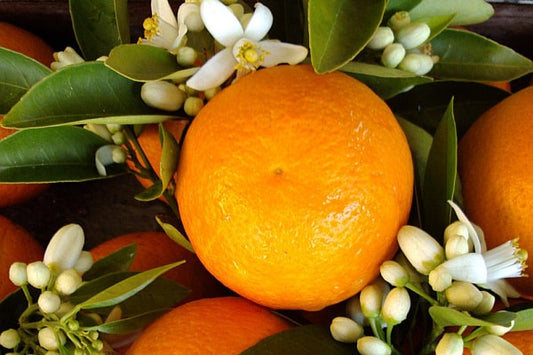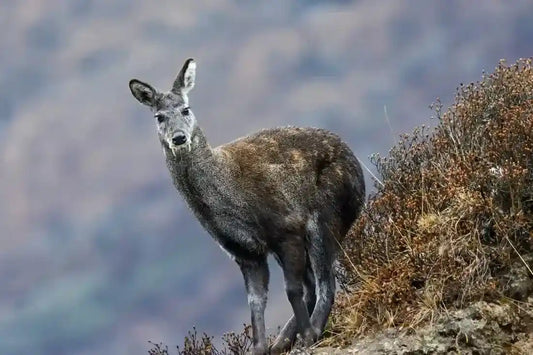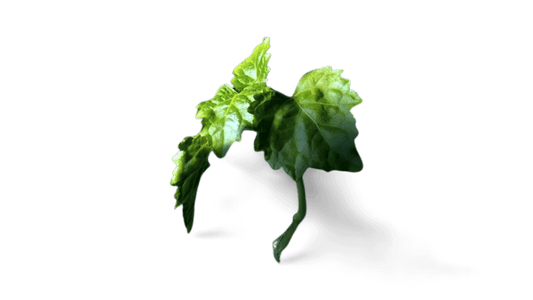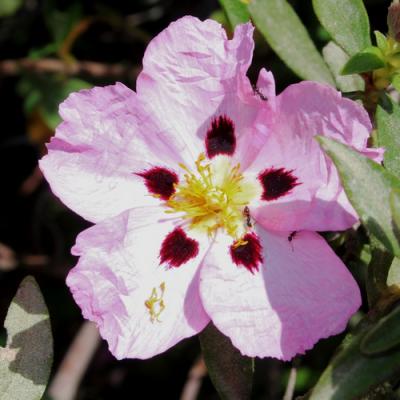No products found
Use fewer filters or remove all
Lemon Zest Fragrances
Explore our collection of lemon zest fragrances. Shop lemon zest perfumes that will captivate your senses.Lavender Fragrances
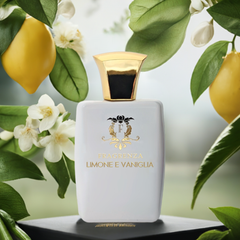
From this collection Limone e Vaniglia is Xerjoff Lira dupe
Experience the invigorating scents of lavender fragrances. Discover the best lavender perfumes and immerse yourself in a refreshing aroma.Lily Fragrances
Indulge in the captivating lily fragrances. Explore the best lily perfumes and let their enchanting scents transport you.Lipstick Fragrances
Discover the delightful scents of lipstick fragrances. Shop best lipstick perfumes online and add a touch of elegance to your fragrance collection.Limoncello Fragrances
Immerse yourself in the world of limoncello fragrances. Experience the best limoncello perfumes for men and discover unique and captivating scents.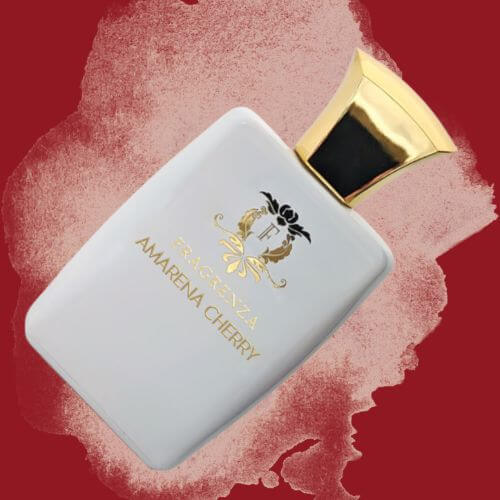
Amarena Cherry
Obsessed with cherry? If you want to really amp up the cherry scent, this Tom Ford Lost Cherry dupe will give Lost Cherry a run for its money. Black cherry, cherry syrup, and cherry liqueur all mingle together for an indulgent cherry overdose that’s complemented by notes of almond, tonka bean, Turkish rose, and jasmine sambac.
Flowers
Syringa vulgaris Oleaceae
Collapsible content
Description
Lilac Lat. Syringa is a genus of flowering woody plants belonging to the olive family Lat. Oleaceae. It has about ten wild varieties that grow mainly in the territories of South-Eastern Europe and China. The most popular variety of lilac is the common lilac Lat. Syringa vulgaris, and almost two-thirds of all cultivated varieties over 2, 300 in total have been bred on its basis. In some languages eg Russian the name of the plant comes from the ancient Greek word - syringa, which was a variety of horizontal flutes that looked like a hollow tube. This is due to the specific structure of the core of lilac shoots, which is easy to remove. The same root is responsible for the appearance of the English word syringe. Im sure virtually everyone knows that neither natural essential oil nor lilac absolute ever existed, and perfumers have always used synthetic materials to impart the scent of lilac blossoms. This is also true for many other flowers, as there are no natural raw materials obtained from lily of the valley, lily, gardenia, linden, freesia, cyclamen and many others. I must, however, note here that lilac was one of the first flowers that perfumers found how to emulate, and that it happened over 100 years ago. It is quite difficult to give a satisfactory answer to the question Why can people get essential oil from one plant but not from another? With the only suitable being, Such is the nature of things Some plants contain large amounts of essential oil, for example citrus fruits, the oil of which can be obtained simply by squeezing the rinds. Most essential oils are obtained by distillation, most often by steam distillation. The third most common way to obtain aromatic materials is extraction by various solvents and we are talking here about obtaining resinoids, concretes, as well as enfleurage and the fairly modern method of extraction by carbon dioxide. supercritical carbon. Those who are really familiar with essential oils and absolutes know very well that the natural aromatic material hardly ever smells of the original plant with the possible exception of the aforementioned citrus essential oils obtained by pressing. Rose essential oil smells different from rose absolute and they both smell decidedly different from the living flower itself. In the dusty, leathery and animalistic narcissus absolute, it is extremely difficult to recognize the original flower. Some plants do not move when it comes to extraction attempts or the process is extremely laborious, making the end product prohibitive about 100 years ago, violet absolute was still produced, and to obtain 1 kilo of this absolute, people needed to manually collect around 33 tons of the flower, so it cost 82, 500 golden German marks, which is almost one million US dollars in modern currency equivalents. Another case is when the substance obtained is completely devoid of the properties required for perfumery, this is the case of lilac and many other flowers. Let me also note that the process of extracting odorous substances from natural objects is always associated with some inevitable chemical processes like oxidation or inter-reaction with a solvent. In the case of distillation, which is always carried out at high temperature, the spectrum of such a metamorphosis is particularly wide. As a result, virtually all natural essential oil contains certain substances that were not part of the original natural source, and moreover, sometimes some of these compounds by themselves do not exist in nature at all . It can be said that the first people who made an infusion, decoction or distillate of any kind were essentially the first chemists of synthetic perfumery, creating new synthetic fragrances. The first attempts to recreate the scent of lilac were made a very long time ago, with the appearance of the first synthetic scents. The first bases of perfume lilac, semi-finished or building blocks products, were mainly made up of terpineol this substance is part of many essential oils, but in industrial quantities it is sourced by hydration pinene which is extracted from turpentine, respectively, heliotropin a synthetic substance with a scent reminiscent of vanilla, bitter almond and cinnamon and cinnamon alcohol. Notes of lilac are already found in many classic perfumes of the first half of the 20th century: Fleurs de Rocaille, LAir du Temps, Madame Rochas, Femme Rochas, Anais Anaïs and many others. Almost all young Soviet chemists knew that terpineol smelled of lilac.
-
Our best sellers.
-
Adeline PDM Delina dupe Better Peach Tom Ford Bitter Peach dupe Chloris Gardenia Gucci Flora Gorgeous Gardenia dupe Fearless Love Kilian's Love, Don't Be Shy dupe Selvaggio Dior's Sauvage dupe Addict Noir YSL's Black Opium dupe Empress D&G's L'Imperatrice dupe Divino Bleu de Chanel dupe Lo amo J’Adore Dior dupe Pretty Girl Carolina Herrera's Good Girl dupe



